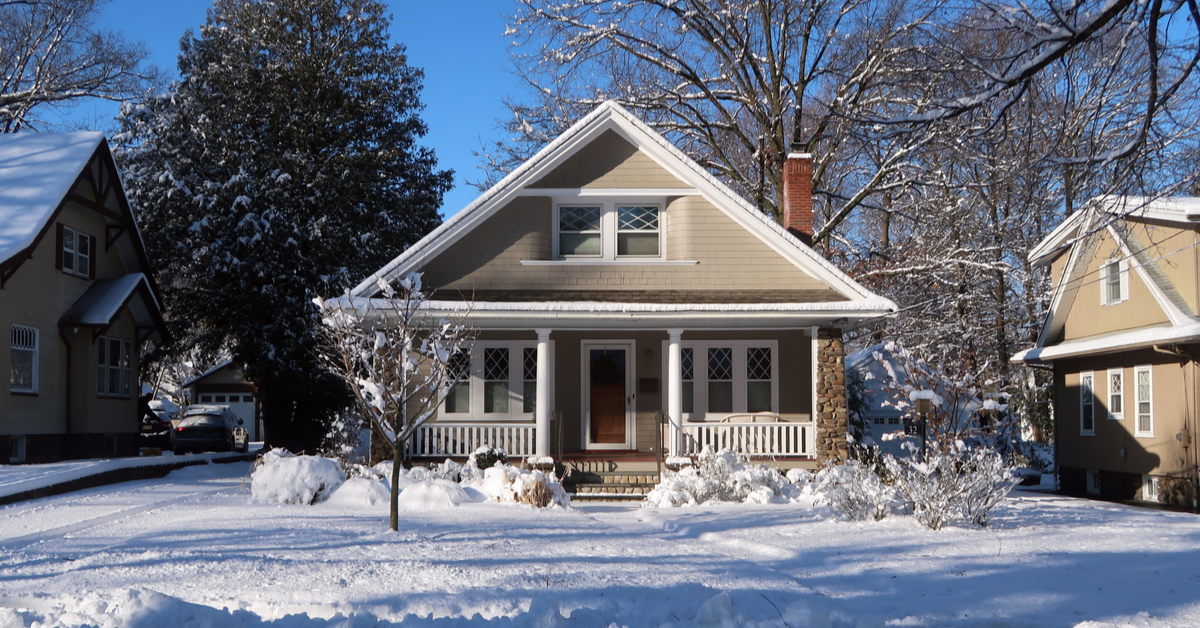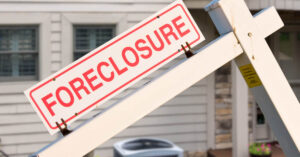Existing-home sales took a step back in February, falling 6.6% month over month to a seasonally adjusted annual rate of 6.22 million, according to the National Association of Realtors.
The drop, which came after two months of gains, put February’s sales pace below expectations, with economists polled by Reuters forecasting a rate of 6.50 million units. The most expensive tiers of homes on the market continued to see the most activity, while worsening affordability helped erode the share of first-time buyers to 31%, down from 33% in January and 32% in February 2020.
Mike Fratantoni, senior vice president and chief economist for the Mortgage Bankers Association, attributed the pullback to a variety of factors.
“Existing-home sales fell in February, likely due to both the impact of the severe winter storms in the South, and the continuing lack of inventory that is frustrating the home searches of prospective buyers,” he said. “The supply-demand imbalance has led to a sharp run-up in home prices, with the median sales price up almost 16% nationally, and almost 21% in the West.”
Prices have surged thanks to strong demand, exacerbated by the historically low supply of available homes at every price tier. As Fratantoni noted, the median price of an existing home jumped 15.8% over the past year to reach $313,000. Total housing inventory at the end of February sat at just 1.03 million units, unchanged from January and down 29.5% from February last year.
“Home affordability is weakening,” said Lawrence Yun, chief economist at the NAR. “Various stimulus packages are expected and they will indeed help, but an increase in inventory is the best way to address surging home costs.”
Despite, the February decline, existing-home sales do remain strong overall. February’s sales pace is 9.1% above the pace of February 2020, and the average annual rate of 6.51 million units over the past three months sits 15.4% higher than the 5.64 million homes sold during all of 2020.
Yun said that further slowdown in sales growth is possible, given further escalation of home prices and rising mortgage rates. But he remained optimistic that full-year numbers would rebound to eclipse those of the year prior.
“I still expect this year’s sales to be ahead of last year’s, and with more COVID-19 vaccinations being distributed and available to larger shares of the population, the nation is on the cusp of returning to a sense of normalcy,” Yun said. “Many Americans have been saving money and there’s a strong possibility that once the country fully reopens, those reserves will be unleashed on the economy.”
Fratantoni said that the MBA’s figures suggest the same.
“MBA’s purchase applications data has indicated that there is still strong demand for homes,” he said. This is being driven by an improving job market and strong demand from first-time homebuyers, as well as mortgage rates – which remain quite low from a historical perspective, even with the recent increases. MBA’s forecast is for home sales to increase this year, and we are anticipating a strong spring housing market.
“However, this is dependent on both builders ramping up production, and current owners listing their homes for sale. The lack of inventory on the market is preventing home sales from being much higher.”





